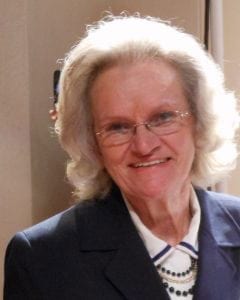Visit any pediatric ward in a hospital or medical center and you will see many pieces of medical equipment, but visit the OT and PT departments and you are in for a surprise. In addition to the standard crutches, walkers, and wheelchairs, equipment has been developed to help assist every part of the body that could possibly need assistance.
If you happen to have a child with extraordinary medical needs, you will be privy to an education that you never expected and your home just might be turned into something resembling a three-ring circus. You might be put through a crash-course while learning to handle oxygen levels, ventilators, nebulizers, humidifiers, Bi-PAPS, CPAPS, feeding tubes, standing frames, sterile fields, suction equipment, intravenous infusions, and strange looking apparatus with strange sounding names. It can be an intimidating experience.
Often families start to use appliances before they even have a diagnosis. When doctors see something that doesn’t fall into the normal range, they start to treat the symptoms with various things like splints, braces, crutches, helmets, casts, orthotics, and such.
My daughter Kelley was using braces and splints at a young age. When she was four years old, the doctors decided she needed to be in traction for her abnormal hip joints. After she was in the hospital for a few weeks, they said we could take her home if we had traction equipment there. I relied on my husband’s engineering experience to get it set up. And that was just the beginning.
While we all appreciate the many ways the medical community has come to our aid with new and innovative equipment, we also can feel overwhelmed at times.
I recall looking at a nurse who was instructing me about all of the steps to take in administering intravenous infusions at home and thinking,
“You want me to do that?”
That nurse was used to handling those things, and he didn’t realize that we had just arrived home after Kelley had a long, trying hospital stay and an exhaustive in-take before we even got to the specific instructions. It was indeed a bit overwhelming, as was the experience I had when the nurses had to teach me to use suctioning equipment using sterile technique. At first, I was all-thumbs. I thought I would never get the procedure right. It always looked a lot easier when the nurses did it than it was when I tried it myself. I did become proficient in time, thanks to the patience of the sweet nurse who taught me. As the years progressed, and Kelley was hospitalized numerous times, she always told the nurses that she preferred to have me suction her because I knew how she wanted it done.
Being in touch with many families that are handling many complex medical issues, requiring many adaptations, I’ve heard the same cries numerous times, such as,
“All this stuff is taking over my home!”
“I’m having to get super creative when it comes to the storage of all of the supplies.”
“I can’t fit everything into my car. I might have to get a bigger one.”
“So happy we are finally getting a ramp into our house.”
“I’d love to attend the wedding, but I don’t think I could get there with all of the equipment we are using now.”
I’ve also heard of the many creative ways in which these families have adapted to the learning curve and the necessities of handling the equipment that they need. I applaud them for rising to the challenge every single time!







